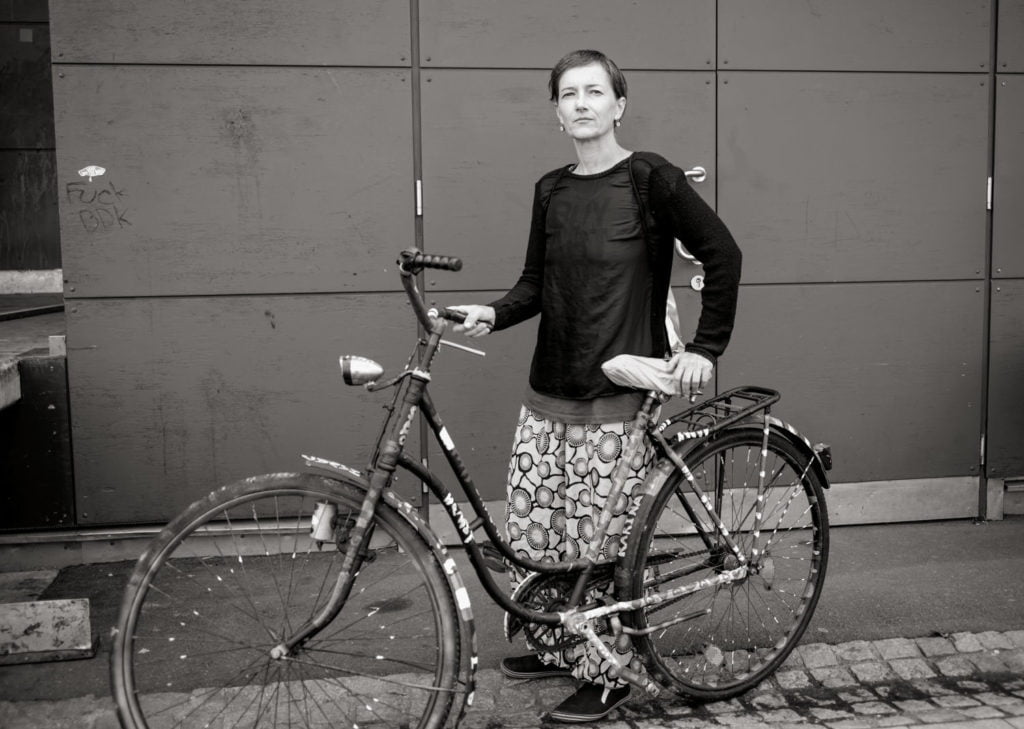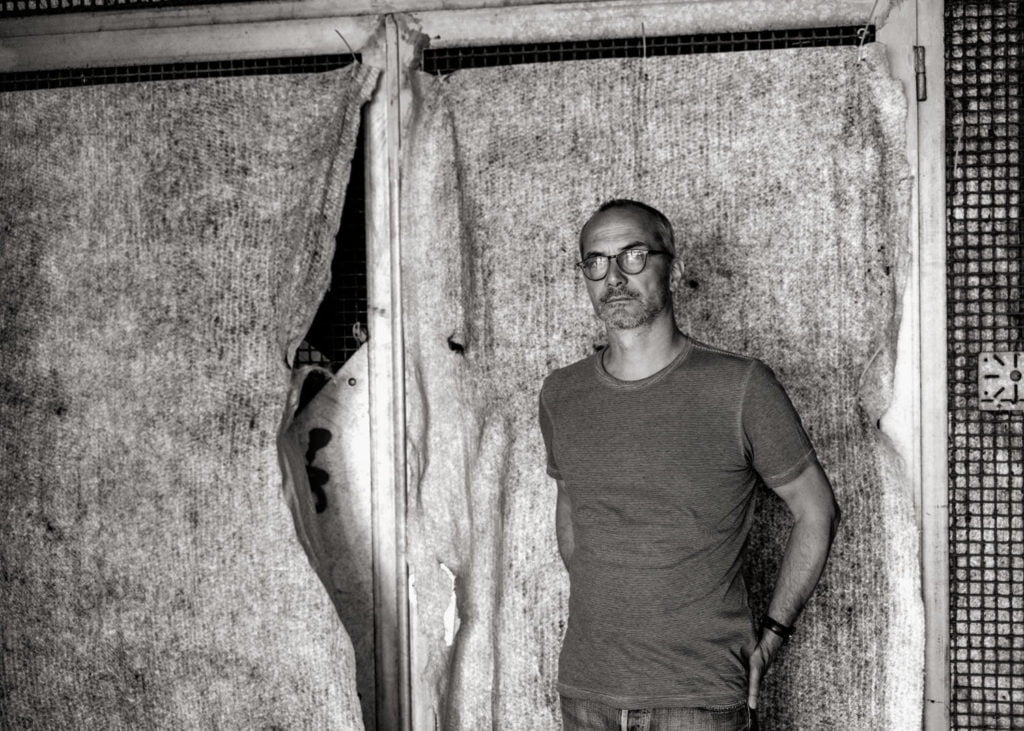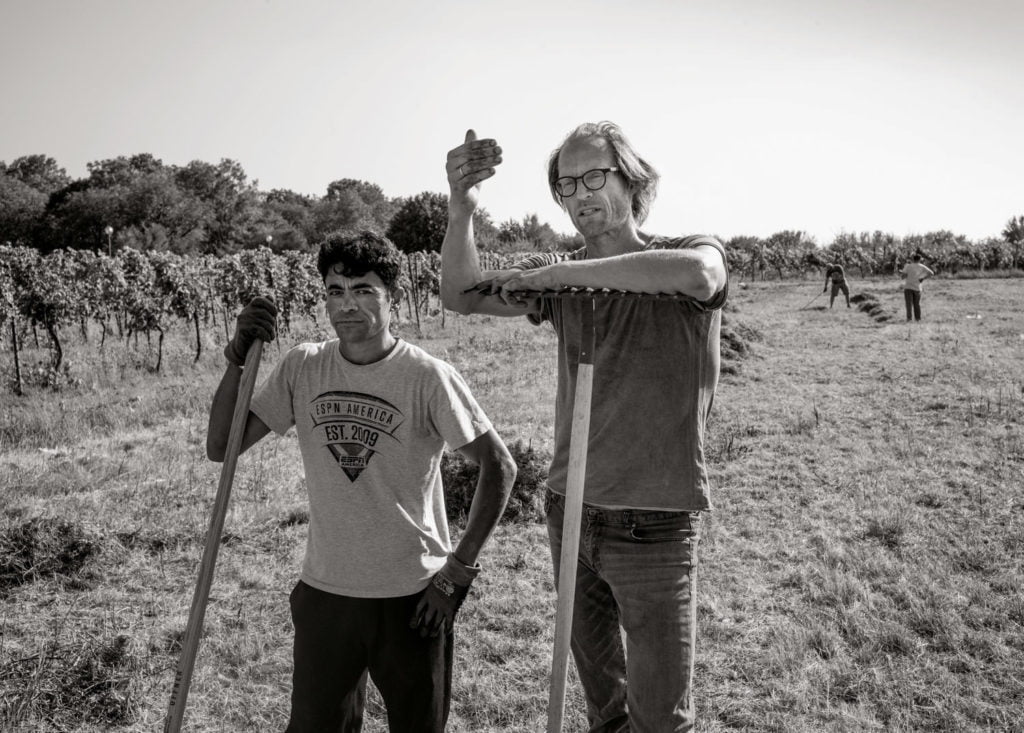Kurt Kaindl
Places of remembrance
The theme of my photographic work is the fate of the refugees in summer 2015 and the response of many people who spontaneously tried to help. My photographs take the form of the expanded portrait. By that I mean that I invoke those who helped as contemporary witnesses from this particular phase of the refugee crisis and then visit the locations with them where they got together with the refugees. These are also places where the traces of these events and those who fled are still visible, for me to photograph and document. The short captions underline the context, but like the images themselves they also leave plenty of space for the viewer’s own ideas and their own memories of events.
I depict the events of the immediate past that are still alive in all of us, and I do so as if we are to be reminded of them in a distant future.
Kurt Kaindl
Kurt Kaindl, born 1954 in Gmunden, holds a PhD in German language and literature studies and communication science; documentary photo projects in cooperation with the Austrian writer Karl-Markus Gauß (book and exhibition The unknown Europeans) and about the Iron Curtain; lives and works in Salzburg.
We can all still recall the images that went around the world in summer 2015.
Flows of refugees on the move along the roads of Europe and on board overfilled trains, seeking to leave behind places of war and violence. Images that gave rise to every conceivable response ranging across the entire spectrum from ‘welcoming culture’ to ‘upper limit’. Those images are now consigned to the past, ever since Europe sealed itself off by shutting down the so-called ‘Balkan route’. What remains is a sense of unease; after all, these images – and the events themselves – are in fact now blanked out as a result.
It was not the first time Kurt Kaindl had opted to set off with his camera and travel to places of historical significance. In 2002 he photographed Die unbekannten Europäer, the unknown Europeans. In 2006 he travelled from Lübeck down to Trieste, through the no-man’s land that runs along the former Iron Curtain. But this time he stayed in Austria and took photographs of the locations that had made the headlines in summer 2015. The dead-straight ‘escape road’ to Andau on the border with Hungary, which gained its name following the uprising of 1956; the location at Parndorf on the
A4 motorway where, in August 2015, a lorry packed with suffocated refugees was discovered; Vienna’s Westbahnhof railway station, but also accommodation quarters, initial reception centres, and so-called ‘off-spaces’ where people have come up with initiatives for and with refugees.
One year on, the images have nothing more to show of the commotion, of the efforts made by those arriving and those coming to their aid. These are considered works that give the impression that Kaindl might be listening out for the reverberating echo of those events. That he might be searching for clues that have inscribed themselves
in those locations, but will soon be effaced. The photographer combines the shots of these locations with portraits of helpers, initiators and people who took in refugees. Although Kaindl asked particular people to step in front of the camera, they are there on behalf of the many who helped to make the refugees’ arrival in Austria more humane. The photographer has therefore underpinned his images with a double structure.
He looks back at the places in the countryside which the science of history refers to
as Places of Remembrance. And he updates those places with subjective views and situational portraits. You can tell that some of those depicted are in conversation with the photographer; others seem to pause for just an instant, like Nicolai in Traiskirchen, or Beba in Leibnitz. For Kaindl there is no harsh black-and-white in the image. He opts for nuanced semi-tones and uses the camera to retrace situations that complement the image memory of summer 2015. In adopting this particular perspective Kaindl honours an image tradition which, ever since the groundbreaking exhibition by John Szarkowski entitled New Documents at New York’s Museum of Modern Art in 1967, is defined as the genre of photography that reflects a personal attitude as it documents.
Christiane Kuhlmann, born in 1967 in Essen, PhD in art history, curator and author. She heads the collection of photography and media art at the Museum der Moderne Salzburg.


























